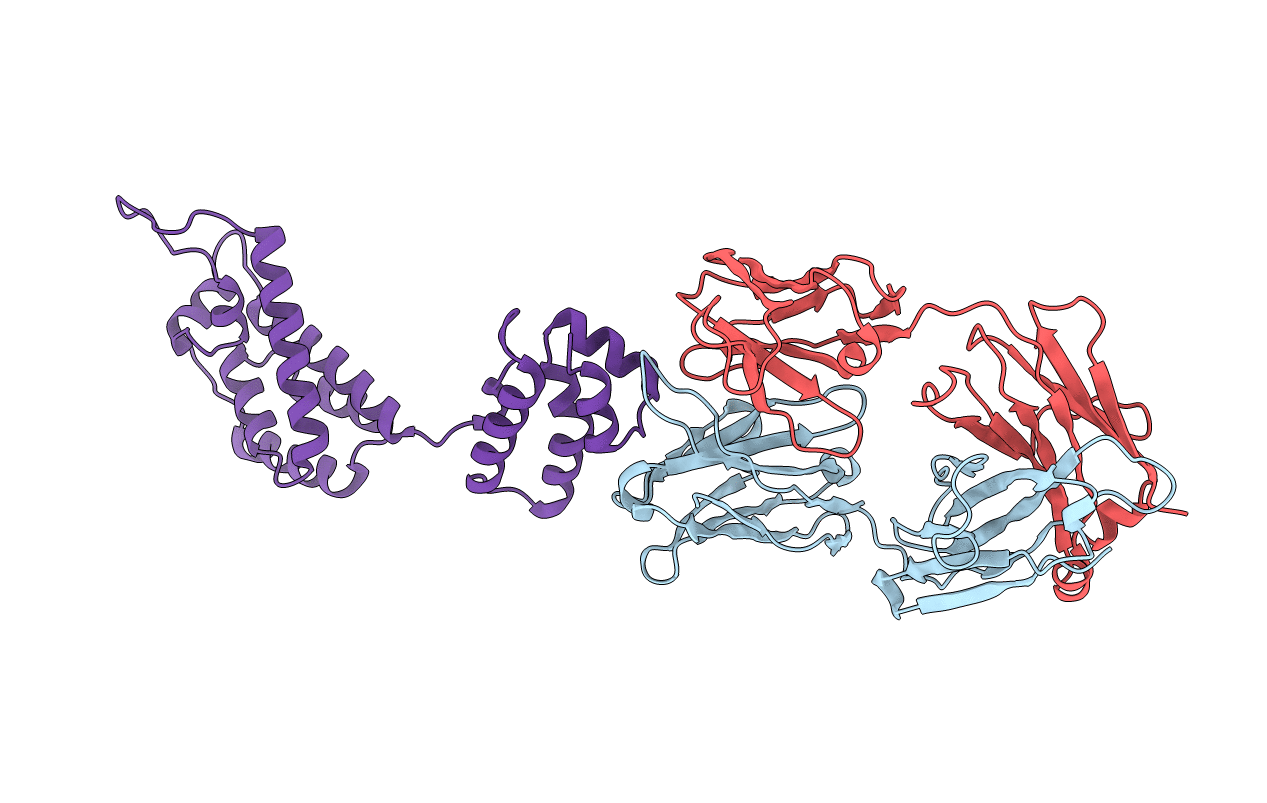
Deposition Date
2000-08-18
Release Date
2000-11-27
Last Version Date
2024-10-16
Entry Detail
PDB ID:
1E6J
Keywords:
Title:
Crystal structure of HIV-1 capsid protein (p24) in complex with Fab13B5
Biological Source:
Source Organism:
HIV-1 M\:B_HXB2R (Taxon ID: 11706)
MUS MUSCULUS (Taxon ID: 10090)
MUS MUSCULUS (Taxon ID: 10090)
Host Organism:
Method Details:
Experimental Method:
Resolution:
3.00 Å
R-Value Free:
0.28
R-Value Work:
0.21
R-Value Observed:
0.21
Space Group:
C 1 2 1


